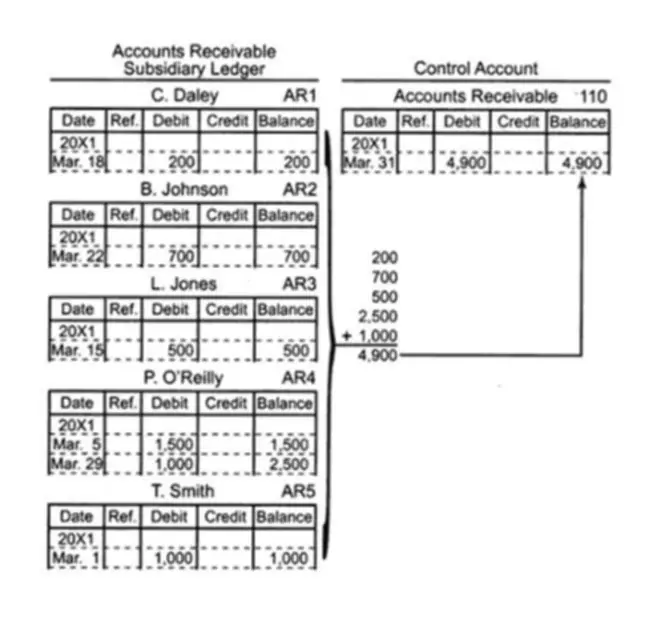Content

If you want to compare the asset turnover with another company, it should be done with the companies in the same industry. If the asset turnover of the industry in which the company belongs is less than 0.5 in most cases and this company’s ratio is 0.9. Gross SalesGross Sales, also called Top-Line Sales of a Company, refers to the total sales amount earned over a given period, excluding returns, allowances, rebates, & any other discount. Comparing the ratios of companies in different industries is not appropriate, as industries vary in capital intensiveness. Ratio comparisons across markedly different industries do not provide a good insight into how well a company is doing. For example, it would be incorrect to compare the ratios of Company A to that of Company C, as they operate in different industries. You could also introduce new products or service lines that don’t require any additional investment in assets, thereby opening new revenue streams to your business.
Dive Into DuPont Analysis & Pick 5 Top Stocks – Nasdaq
Dive Into DuPont Analysis & Pick 5 Top Stocks.
Posted: Tue, 20 Sep 2022 07:00:00 GMT [source]
A high turnover ratio points that the company utilizes its assets more effectively. On the other hand, lower ratios highlight that the company might deal with management or production issues. Fundamentally, in order to calculate the average total assets, what you have to do is simply add the beginning and ending total asset balances together and divide the result by two.
Asset Turnover in Relation to Profit
A company with a high asset turnover ratio operates more efficiently as compared to competitors with a lower ratio. The success of any company is largely based on its ability to effectively use its assets to generate sales. The asset turnover ratio measures the efficiency with which a company uses its assets to generate sales by comparing the value of its sales revenue relative to the average value of its assets. When calculating the asset turnover ratio, you are dividing a company’s sales by its total assets. This gives you a sense of how much sales are generated per dollar of assets. When calculating the inventory turnover ratio, you are dividing a company’s cost of goods sold by its average inventory.

A low asset turnover ratio indicates inefficiency, or high capital-intensive nature of the business. This shows that company X is more efficient in its use of assets to produce revenue. The lower ratio for Company Y may indicate sluggish sales or carrying too much obsolete inventory. It could also be the result of assets, such as property or equipment, not being utilized to their optimum capacity.
How to Know if a Company Is a Worthwhile Investment
For example, retail businesses tend to have small asset bases but much higher sales volumes, so they’re likely to have a much higher asset turnover ratio. By the same token, real estate firms or construction businesses have large asset bases, meaning that they end up with a much lower asset turnover. Your company’s asset turnover ratio helps you understand how productive your small asset turnover ratio business has been. In short, it reveals how much revenue the company is generating from each dollar’s worth of assets – everything from buildings and equipment to cash in the bank, accounts receivable and inventories. As mentioned before, a high asset turnover ratio means a company is performing efficiently, as the ratio means they are generating more revenue per dollar of assets.
- Ideally, a company with a high total asset turnover ratio can operate with fewer assets than a less efficient competitor, and so requires less debt and equity to operate.
- In other words, Sally’s start up in not very efficient with its use of assets.
- Financial ratios take statistics gained from income reports and balance sheets and make ratios which are useful for comparing similar companies to each other.
- As an example, in the case of a .5 ratio, every dollar of the asset would facilitate no less than 50 cents of sales.
- A business that has net sales of $10,000,000 and total assets of $5,000,000 has a total asset turnover ratio of 2.0.
- In the 1920s, the DuPont corporation developed a formula for breaking down its Return on Equity across different divisions.
- Total asset turnover ratio measures how much revenue a company generates from every dollar of the total assets.
Measuring the current assets turnover ratio helps companies stay aware of their sales power. It is significantly necessary for any company to increase the sale of their products to keep moving forward and thereby generate revenues. If the company fails to generate revenues through its products and services, chances are that it will go bankrupt soon in the near future. Anytime that someone uses a financial ratio like the one that measures net asset turnover, he or she should realize the limitations of the ratio. Companies from different industries should not be compared, simply because different industries require different amounts of assets to be held to properly do business. In addition, younger companies are likely to have lower ratios simply because much of their excess assets will likely be tied up in investments.

